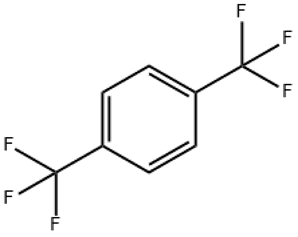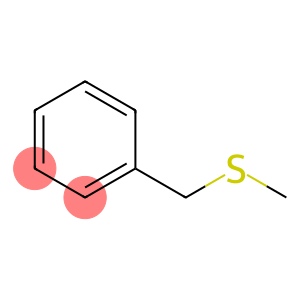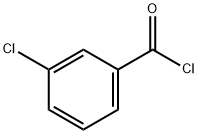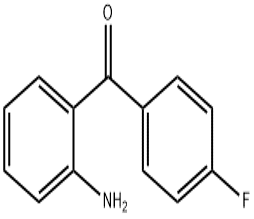4-Phenylacetophenone(CAS# 92-91-1)
| Hazard Symbols | Xi – Irritant |
| Risk Codes | 36/37/38 – Irritating to eyes, respiratory system and skin. |
| Safety Description | S22 – Do not breathe dust. S24/25 – Avoid contact with skin and eyes. S36 – Wear suitable protective clothing. S26 – In case of contact with eyes, rinse immediately with plenty of water and seek medical advice. |
| WGK Germany | 3 |
| RTECS | DI0887010 |
| TSCA | Yes |
| HS Code | 29143900 |
Introduction
4-Biacetophenone is an organic compound. The following is an introduction to the properties, uses, preparation methods and safety information of 4-biacetophenone:
Quality:
- Appearance: 4-Biacetophenone is a colorless to light yellow liquid.
- Taste: Aromatic.
- Solubility: insoluble in water, soluble in organic solvents such as alcohol, ether, etc.
Use:
- 4-Biphenyacetophenone is an important intermediate in organic synthesis, which can be used to synthesize a variety of organic compounds, such as triphenylamine, diphenylacetophenone, etc.
Method:
4-Biacetophenone can be prepared by acylation reaction, and a common method is to react acetophenone with anhydride, which is carried out under acidic conditions.
Safety Information:
- 4-Biphenyacetophenone has low toxicity under normal conditions of use. As with all chemical substances, appropriate safety measures should be taken when handling.
- Contact with the skin or eyes may cause irritation, direct contact with the skin and eyes should be avoided.
- When using and storing, it should be kept away from fire sources and high-temperature areas, and avoid contact with oxidants.








